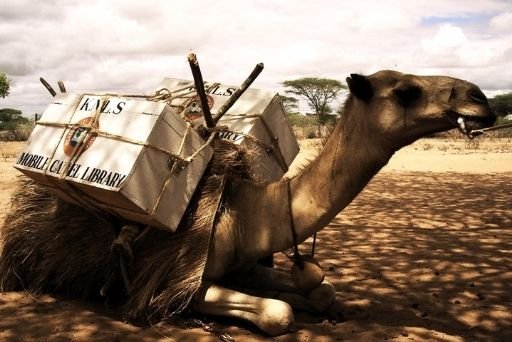17 Astounding Facts About Camels That Will Blow Your Mind Away
Camels were domesticated thousands of years ago and were used as a means of transportation. They are native to the deserts of Africa and Asia and are often referred to as ‘Ship of the Desert.’ If you ask people what they know about camels, they probably have two answers – they spit at people and have humps on their back. But they are more than that. While you may have a bucket list that has ‘riding a camel’ as one of your wishes, do you know anything interesting about these creatures?
Camels have three species – Arabian Camels (dromedary camels), Asian Camels (Bactrian Camels), and Camelus Ferus (Wild Bactrian Camels). The majority of the camel population in the world is domesticated. You will rarely see a camel in the wild. However, the wild Bactrian camels are not domesticated but can only be found in just a few locations in Mongolia and China. Sadly, there are only 1000 wild Bactrian camels left, and their population is decreasing at a rapid rate.
As children, we were told that camels store water in their humps. But it is actually the wrong information. There’s a lot to know about camels and if you feel that it is never too late to learn, keep on reading as we disclose some interesting facts about camels and bust the old myths that many still believe are true.
1 – The humps of the camels are not used to store water. Humps are where they store fat, and it helps them in staying cool in hot climates. When needed, the fat can be converted into water or food.
2 – ‘Camel’ is an Arabic word, which translates to ‘beauty.’ So, those who say camels are ugly don’t say it in front of Arab people because they love their camels. In fact, there are more than 160 words in the Arabian culture, which means ‘camel.’
3 – A camel can drink as much as 40 gallons of water in one sitting. Since they need to stay hydrated in the desert, it helps. It is interesting because this significant amount of water is not stored in their humps.
4 – During World War II, German tank drivers used to drive their tanks over camel feces. There was a superstition at that time that driving over camel droppings would bring good fortune.

5 – Arabian camels have only a single hump, whereas Asian camels have two humps.
6 – Camels are incredibly social creatures – both with humans, camels, and other animals. In the wild, they remain groups of as many as 30 camels and travel together in search of food and water.
7 – In the desert, the only source of food is cactus and other succulent plants that have thorns. Camels can easily chew thorny twigs and plants without damaging their mouths. Other animals may get seriously injured if they do this.
8 – A camel’s mouth appears to be split into two. This unique formation of the mouth helps camels graze and chew their food more efficiently.
9 – If humans, including other mammals, lose 15% water from their bodies, they become dehydrated. In the case of camels, they can lose up to 25% before they become dehydrated. This helps them to go much longer in the desert without water.
10 – The most interesting thing about a camel is its nostrils. It can retain water vapors that can be returned to the body when needed. Also, when roaming in the desert, and there is a sand storm or too much wind and sand, the nostrils can also be closed.
11 – Those who say camels spit a lot, well, they aren’t doing it for fun. There is a reason behind it. They use it as a defense mechanism if they feel threatened. So, if a camel has spat on you, it means that you could have intimidated the camel.
12 – In 1855, the US Congress passed a budget of $30,000 for the War Department to purchase camels. The camels were used for several years until the soldiers became fed up with their smell and bad temper.
13 – If you happen to visit Abu Dhabi, you can enjoy a camel milkshake, which is made with real camel milk. As compared to cow’s milk, camel milk contains more iron and vitamin C. In Kazakhstan, camel milk is used to treat illnesses like tuberculosis.

14 – In Kenya, there is a Camel Mobile Library that transports books to areas and people who have no access to libraries to learn literature.

15 – A camel is born without a hump. Once the baby stops drinking the mother’s milk and starts eating solids, the hump will start growing. The mother camel will carry the calf for 14 months before giving birth.
16 – Camels are a crucial part of Arab culture. They symbolize endurance, tolerance, and patience.

17 – Camels have two rows of eyelashes and three sets of eyelids to keep sand out of their eyes.
We bet that most of the facts that we mentioned about camels were new to you.





